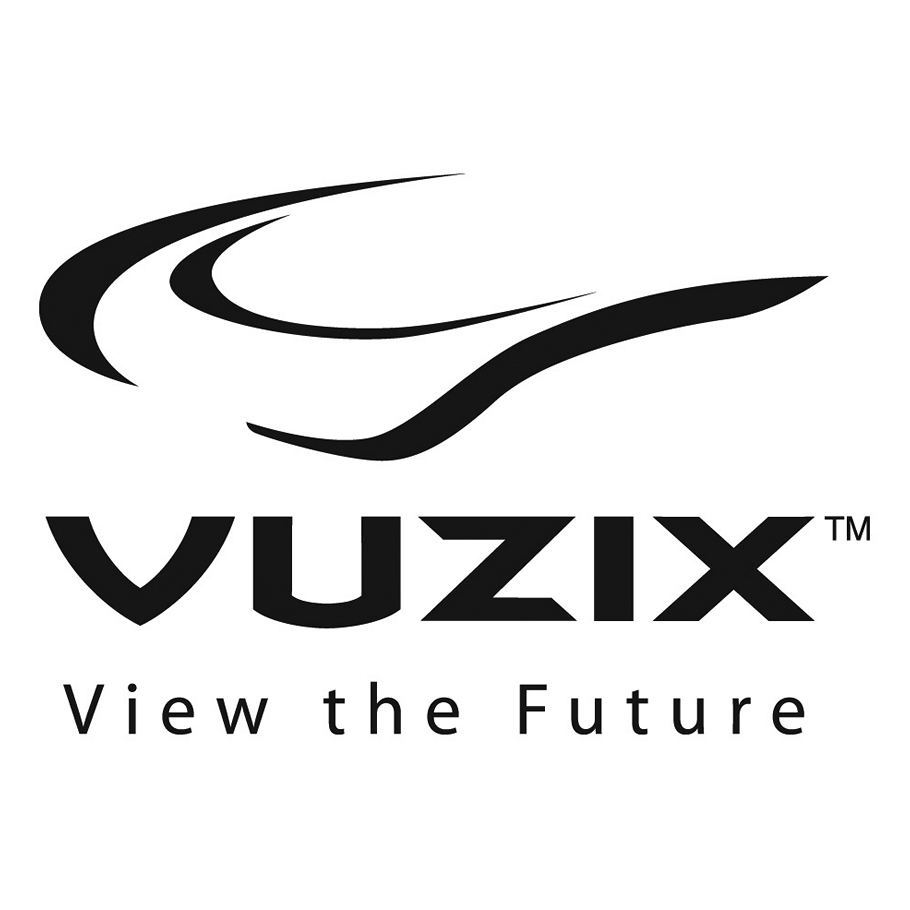
Market Overview
The XR market, as it stands in 2025, has arrived at a pivotal inflection point. Across the globe, the Extended Reality sector is valued at $7.55 billion and shows no signs of slowing, with projections suggesting a meteoric rise to $44.14 billion by 2030. The landscape, however, is evolving, and not always uniformly. Virtual reality headset sales dipped 12% year-over-year, signaling a waning of the VR-only hype cycle.
At the same time, augmented reality smart glasses are experiencing unprecedented momentum, surging
by over 30% annually as they transition from futuristic novelty
to practical companion in daily life
and business.
Within this dynamic, Meta maintains its firm grip on the VR market, boasting 77% market share, while newcomers like XREAL are at the forefront of the AR glasses revolution.
XR headsets in 2025 don’t just offer marginal improvements, they deliver
a fundamentally more comfortable
and immersive experience, with mixed reality passthrough, high-clarity visuals, and a robust ecosystem
of applications. Several headsets, especially those catering to enterprise like the PICO 4 Ultra, now offer device management tools that are tailored
for business and training purposes.
Top 10 Lists
Top 10 AR Glasses
XREAL One Pro, XREAL Air 2 Ultra, VITURE Pro XR, Magic Leap 2, XREAL One, RayNeo Air 3s, Even Realities G1, Rokid AR Spatial, Vuzix M4000, Lenovo ThinkReality A3Top 10 Smart Glasses
Meta Ray-Ban, Frame AI Glasses, Amazon Echo Frames, Solos AirGo 3, Bose Frames Tempo, INMO Air2, Even Realities G1, Halliday Smart Glasses, Razer Anzu, Bose Frames SopranoTop 10 VR Headsets
Meta Quest 3, Apple Vision Pro, PlayStation VR2, Meta Quest 3S, HTC Vive Focus Vision, Valve Index, Pimax Crystal, PICO 4 Ultra, HTC Vive XR Elite, Lynx R-1Top 10 Mixed Reality (XR) Devices
Apple Vision Pro, Varjo XR-4, Meta Quest 3, Magic Leap 2, HTC Vive Focus Vision, Samsung Project Moohan, Play For Dream MR, XREAL Air 2 Ultra, Lynx R-1, Meta Quest 3STop 10 Enterprise/Professional Devices
Varjo XR-4 Series, Magic Leap 2, Apple Vision Pro, HTC Vive Focus Vision, Vuzix M4000, Lenovo ThinkReality A3, Pimax Crystal, Sony SRH-S1, Lynx R-1 Enterprise, Microsoft HoloLens 2
Devices and Trends
The hardware universe of AR is broadening, reflecting the sector’s vibrancy and adaptability. On one end, flagship devices like the Apple Vision Pro set new benchmarks, dazzling with high-resolution displays, spatial computing capabilities, and, arguably most crucial of all, seamless integration into Apple’s much-beloved ecosystem
Meanwhile, the industry’s focus is swiftly moving toward lightweight AR glasses. Chipsets such as the Snapdragon AR1+ are powering on-device AI functions, allowing standalone eyewear to finally transcend bulk and battery limitations.
Adding momentum to this shift, a wave of real‑world experiments on Snap’s Spectacles is showcasing hands‑free, camera‑native AR interactions and AI‑assisted flows field tests that offer a glimpse of what’s next for consumer‑ready glasses. These experiments underscore how socially native, quick, and ambient use cases are shaping design and UX priorities for the next generation of wearables.
Microsoft’s HoloLens 2, previously an enterprise AR workhorse, has been discontinued a development that spotlights the industry’s shift away from heavy, obtrusive headsets in favor of something sleeker. Magic Leap 2, in contrast, has successfully found its sweet spot in enterprise and healthcare, continuing to innovate with spatial tracking and supportive developer tools.
For the everyday user, smartphones and tablets are still the gateway to AR. These devices, equipped with ARCore or ARKit and enhanced with LiDAR and cutting-edge depth sensors, provide affordable and accessible AR experiences with improved tracking and convincing occlusion.
Mixed reality blurs lines further: Devices such as Meta Quest 3 and HTC Vive XR Elite combine VR and AR in one headset, featuring full-color passthrough and spatial mapping. These MR systems now support object anchoring, hand and eye tracking, and an explosion of creative, industrial, and collaborative uses.
Trend Analysis Summery
Gaining: AR smart glasses (+30% YoY), budget VR (Quest 3S, $249), enterprise XR (+23% YoY).
Losing: Premium VR (Vision Pro below expectations), overall standalone VR (-12% sales), Chinese VR (ByteDance/Pico slowdown)
Tech:
AI integration (ChatGPT, Gemini)
MicroLED displays
Pancake lenses for slim form factors
Android XR (Google’s unified platform, 2025)
Notable Hardware Trends for 2025
A host of trends define the 2025 hardware landscape. Micro-OLEDs and microLED optics are delivering rich, sharp visuals with a lighter touch, while form factors skew more and more toward comfortable, glasses-like AR devices. Performance is surging thanks to custom chipsets Snapdragon AR2 Gen 1, Apple’s M2+R1, that supercharge AI, edge processing, and spatial awareness straight from the device.
Behind the scenes, an increasingly mature supply chain is accelerating time‑to‑market. OEM/ODM players like Goertek now mass‑produce critical optics for VR/MR (aspherical, Fresnel, folded/pancake modules) and AR (birdbath, freeform surfaces, waveguides), as well as full optical engines (LBS, DLP, LCoS, Micro‑LED).
They also provide one‑stop system solutions, from industrial design and electronics to assembly and testing,
plus spatial‑audio modules and lightweight materials (e.g., carbon fiber, magnesium‑lithium) that improve comfort without compromising performance. This vertical integration is quietly powering the current wave of XR devices.
Integrated sensors LiDAR, RGB cameras, inertial units improve inside-out tracking and anchor the digital tightly to the real world. Accessories are getting smarter and more immersive: full-body tracking can now be achieved with external motion trackers, and haptic feedback layers on new levels of realism. Developers, meanwhile, are empowered by cross-platform standards, Unity with AR Foundation, Unreal Engine, ARCore, and ARKit dominate the creation of next-generation XR experiences.
Choosing the Right Device
Choosing your perfect XR device has become a more nuanced decision. The ideal match depends first on use case: Are you a gamer chasing the best experiences on Sony’s PS VR2 or the Valve Index, seeking creative productivity with the Apple Vision Pro, orchestrating enterprise training with Pico 4 Ultra or Vive XR Elite, or simply craving AR on the move via your smartphone? Budget considerations loom large, with all-in-one headsets like Meta Quest 3 democratizing high-quality XR. Compatibility matters too,does the device play nicely with your favorite apps, services, and required workflows? And don’t underestimate the role of comfort: even the most dazzling visuals falter if a headset becomes a pain after minutes of use. For advanced users, accessory support, hand-tracking, controllers, haptics, can tip the scales.
Design Aesthetics Assessment
Choosing your perfect XR device has become a more nuanced decision. The ideal Style is not a luxury in the XR space; it’s a battleground. Some of the outright most stylish wearables are the Meta Ray-Ban, Bose Frames, or Amazon Echo Frames devices that appear at home among premium sunglasses collections. For those chasing a sci-fi edge, the Apple Vision Pro, Magic Leap 2, and Varjo XR-4 radiate futuristic aesthetics.
Subtlety counts for others: XREAL One and Even Realities G1 blend into the crowd while Frame AI Glasses offer a minimalist sub-40g profile.
Most stylish: Meta Ray-Ban, Bose Frames, Amazon Echo Frames
Most futuristic: Apple Vision Pro, Magic Leap 2, Varjo XR-4
Most discreet: XREAL One, Even Realities G1, Frame AI Glasses
Unique Selling Points by Device
Each headline device pushes a unique strength. Meta Quest 3 boasts the most extensive gaming catalog (over 1,000 titles), while Apple Vision Pro ties users into the seamless comfort of the Apple ecosystem. XREAL One Pro proposes a 171-inch virtual screen anywhere you go, and Meta Ray-Ban reimagines sunglasses as AI-powered, live-streaming wearables. The PlayStation VR2 is the only way to experience certain AAA console games in VR, and the Varjo XR-4 brings human-eye fidelity to professional users.
Other stand-outs include the open-source Frame AI Glasses and Even Realities G1’s modular, repairable build.
Meta Quest 3: Largest game library (1,000+ titles)
Apple Vision Pro: Seamless Apple integration
XREAL One Pro: 171-inch virtual display anywhere
Meta Ray-Ban: Sunglass live streaming + AI
Varjo XR-4: Human-eye resolution
Frame AI Glasses: Full open-source
Even Realities G1: Modular, repairable
Specialist and Enterprise Devices
The specialized needs of enterprise users are being met by solutions purpose-built for every industry. Magic Leap 2, Lenovo ThinkReality VRX, and devices from DPVR are responding to calls from telemedicine, manufacturing, defense, and advanced training fields. Their enterprise versions are notable for robust device management and enterprise-grade security, a non-negotiable sell in sensitive domains.
Form Factor Trends
In 2025, standalone MR headsets like the Meta Quest 3S, Samsung XR, and Vive XR Elite are advancing into the mainstream, driving wide adoption. Tethered headsets now occupy a niche, reserved for users who demand the ultimate in performance. Ultra-light AR glasses and all-in-one VR headsets are fast becoming the default, reflecting a broader push toward convenience and ease of use.
Headsets today mostly tip the scales at less than 700 grams, occasionally more for particularly feature-rich models. Fields of view of 100–110° deliver wraparound immersion, while resolution marches toward and beyond 4K per eye. For standalone wearables, battery life generally runs 2–3 hours per session. Retail channels continue to diversify; while many headsets are available at major electronics retailers or official storefronts, business-oriented devices often require going through specialized partners.
Importantly, the component supply chain is now a competitive advantage. With vendors like Goertek offering end‑to‑end optical engines, spatial‑audio modules, and lightweight mechanicals alongside full manufacturing services, brands can iterate faster on slimmer, more comfortable glasses without reinventing the hardware stack.
Further Guidance & Future Outlook
Zooming out, the 2025 XR/AR/VR hardware market is defined by rapid convergence and an ever-expanding array of device options. Both enterprise and consumer adoption are steadily rising. Across every sector, the movement is toward lighter, smarter, energy-efficient devices, with AI integration running deeper.
Developer tools, platforms, and ecosystems are evolving in parallel; staying literate in their latest iterations is critical for anyone looking to maximize XR’s potential.
The XR/AR/VR hardware market is rapidly converging; devices are getting lighter, smarter, and more power-efficient.
AI integration and cross-industry support (healthcare, manufacturing, education, retail) are driving broader adoption.
Developer toolkits continue to evolve, staying current is crucial.


















